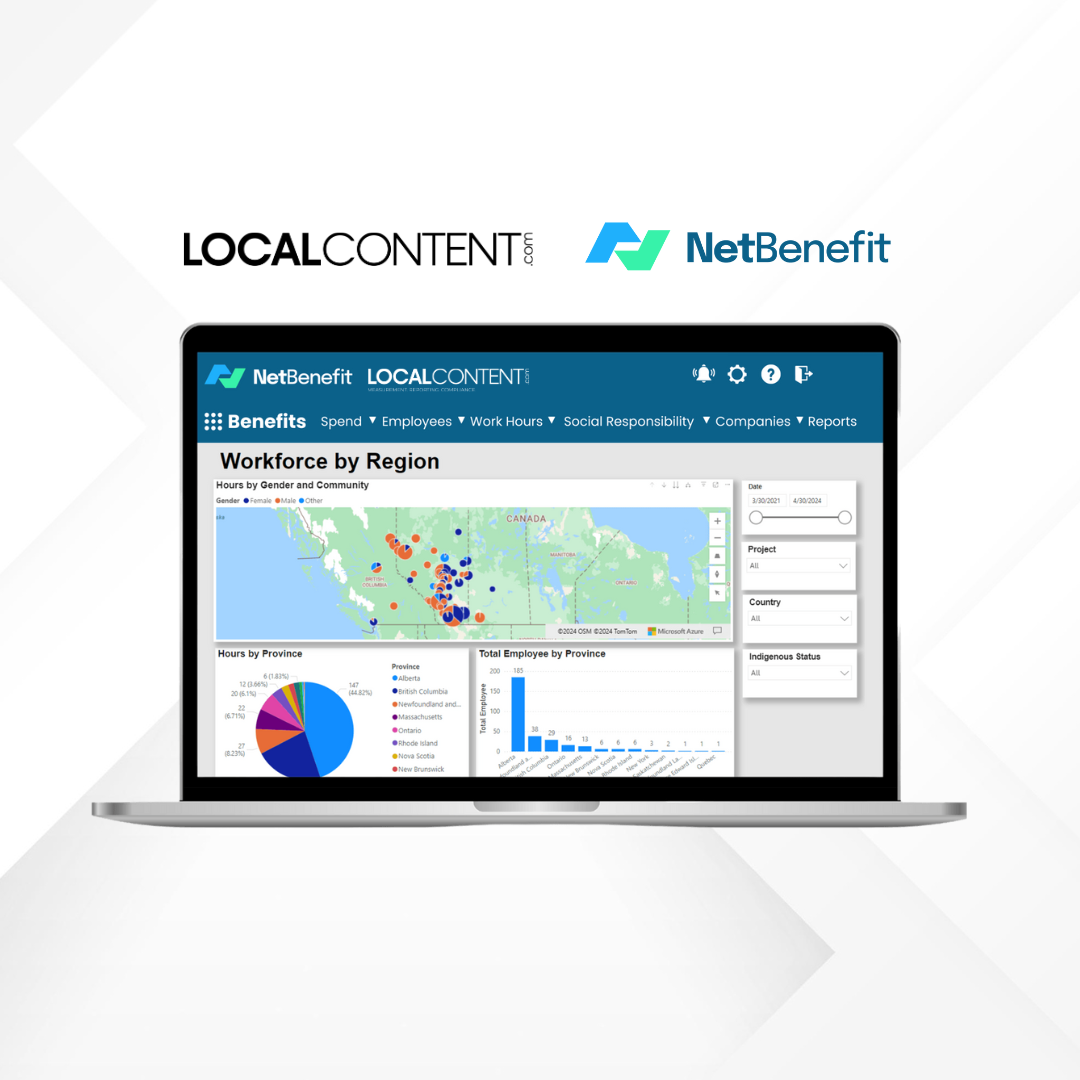The NFL has made a big move by opening its doors to private equity investors, allowing them to buy minority stakes in teams. This is a game-changer for the league, bringing in fresh capital that could fuel everything from state-of-the-art stadiums to high-profile marketing campaigns. But as private equity firms jump into the mix, there’s a key factor that everyone—from team owners to local communities—needs to keep an eye on: Local Content Requirements (LCRs).
So, what exactly are LCRs? In simple terms, they’re rules that ensure a portion of the goods, services, and labor used in big projects come from the local area. For the NFL, this means when a new stadium goes up or an old one gets a facelift, local businesses and workers should get a fair shot at the contracts and jobs that come with it. The idea is to keep the economic benefits of these projects within the community, rather than letting them slip away to out-of-town contractors.

Private equity firms are all about maximizing returns, often by streamlining operations and scaling up businesses. With the NFL now welcoming these firms into the fold, teams can tap into new sources of funding that can be used for all sorts of upgrades—whether that’s building a new stadium, improving training facilities, or enhancing the fan experience.
But here’s where it gets interesting. While private equity firms are focused on making a profit, they also need to consider the impact their investments have on the local community. This is where LCRs come into play. By prioritizing local businesses and workers, these firms can build goodwill within the community, which is crucial for the long-term success of their investments.
Taxpayers have a lot at stake when it comes to NFL projects, especially when public money is involved. Cities and states often provide financial support for stadium construction or renovations, and taxpayers rightfully expect to see some return on that investment. That’s where LCRs make a big difference.
#NFL allows up to 10% private equity ownership in 1 team https://t.co/K5n9s7JKOi
— Susan Li (@SusanLiTV) August 27, 2024
By ensuring that local businesses and workers are involved in these projects, LCRs help keep the economic benefits close to home. This means more jobs for local residents, more business for local contractors, and more tax revenue for the community. It’s a win-win situation that helps justify the use of public funds in these high-profile projects.
For NFL teams and private equity investors, adhering to LCRs isn’t just about following the rules—it’s about building a strong relationship with the community. Projects that prioritize local content are more likely to gain community support, which can be crucial for navigating the often-complex political landscape of stadium development.
At the end of the day, the success of private equity in the NFL won’t just be measured by profits. It will also be judged by the impact these investments have on local communities—the jobs they create, the businesses they support, and the long-term relationships they build. By embracing LCRs, everyone involved can help ensure that these projects are a win for both the teams and the communities that support them.
So, as the NFL enters this new era of private equity investment, it’s time for teams, investors, and taxpayers to work together to make sure these investments benefit everyone involved. After all, the success of these projects isn’t just about what happens on the field—it’s about what happens in the community.








